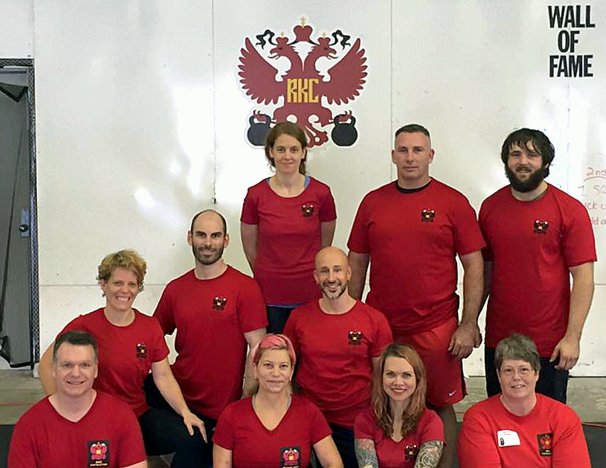
Recently, I had the pleasure of assisting Master RKC, Keira Newton at the Tallahassee RKC. We spent a lot of time talking about and practicing drills, modifications and regressions for training the average client. By average, I am referring to the clients most likely to come to you for training.
When I began my journey as a trainer and gym owner in 1998, I had visions of training elite athletes. I fantasized about working with high school, college and professional teams. I had visions of taking athletes to the “next level” and eventually being hired as a trainer with a professional football team—preferably, the Indianapolis Colts.
I know I am not the only trainer or coach who doesn’t fantasize about this.
Several years ago, I set up an appointment with the new strength coach at Florida State. Go Noles!! I remember being both scared to death and excited at the prospect of bringing kettlebell training to the football team. I arrived at my appointment totally prepared to wow the staff with my knowledge and skills. When I arrived, the coach was in a meeting so I waited and waited. After about an hour, I left. My dreams were dashed and my hopes were crushed.
Then I got a call from the strength coach at the University of Florida. Boo Gators! Yes, they were our biggest rival but I couldn’t give up this opportunity. They placed a big order with me for kettlebells, so I loaded up my truck and headed down to Gainesville. I sat with the coach and we talked about training with kettlebells and all the benefits that would help the team. He even had me doing Turkish get-ups in his office. I drove back to Tallahassee, planning my new life as part of the training team for the Gators.
I waited for the call that never came. I knew from my conversations with the assistant strength coach, that he had been training with kettlebells while at Texas Tech. Although he wasn’t certified, I knew that he felt he could train the guys with kettlebells. With my dreams dashed again, I continued training average clients.
My average clients are people who have many issues including obesity, very poor movement and the over 50 crowd.
I found I couldn’t do anything fancy. Most of the time I had to progress them very slowly and come up with my own creative ways to help them learn the kettlebell basics while improving their movement and overall strength. One of those clients, Helen, is an 82-year-old woman who suffers from a rare bone disorder, Hereditary Multiple Exostoses.
She required multiple surgeries to remove excessive bone growths. She has some bones that are shorter than others as well as bowed limbs. She has the inability to fully straighten her arms and legs—and of course, all of that affects her movement and ability to do many of the exercises I would normally use in training. To top it all off, she was run over by farming equipment and suffered severe injuries. Helen is one tough broad!
I began each session with ankle mobility. She sat and I manipulated her ankles and feet until she was able to do it herself. One of her main goals was to lose weight and be able to complete a .6 mile walk around the park without stopping. My workout program for her included full body strength and conditioning. An important goal for older clients (that I think many of us miss) is to regain the ability to get up off the ground.
Most of the injuries in the elderly result from falls. There are many horror stories out there about people who fall and can’t get up. I’m sure we all remember the commercial, “I’ve fallen and I can’t get up”. So, I make getting up from the floor a priority.
We did a lot of squats. In the beginning, I put her on a box with bumper plates to raise her high enough so she could stand up without much trouble. I set up elevated boxes about 10 feet from each other so that she could get up, walk and sit back down. I progressed her by lowering the height and adding small hurdles or cones to help her with agility. Yes, older people need agility!
We did very modified get-ups using a wedge so she didn’t have to lay flat on the floor. We did a lot of band work and then started adding kettlebells. Doing swings and goblet squats were out of the question. We worked deadlifts, lots of deadlifts.
A sample-beginning workout that I have used with Helen and other elderly clients would look like this:
- Seated mobility drills beginning with ankles
- Seated thoracic spine mobility
- Seated cervical spine mobility
- Box squats elevated to client’s ability x5
- Box squats with walk to another box x2
- Deadlifts with kettlebell elevated enough to allow good form x5 (or behind-the-back deadlifts)
- Band pull-downs x8
- Band presses or wall push-ups x8
- Elevated get-ups x2/2
- Getting off the ground x2 (They can do whatever they need to do, including grabbing on to something)
Depending on the client, I might do add exercises that are a little more challenging:
- Kettlebell rows from an elevated plank position x5/5
- Rolling to a get-up x3/3
- Suitcase deadlift with kettlebell elevated to allow good form x5/5
This is just a sample. I encourage you to use a lot of creativity to progress your client safely while focusing on workouts that will improve function in their day-to-day living.
When I began my RKC journey, I thought I wanted to train athletes. But, training my “average” clients has helped me grow and become a better trainer. I have experienced incredible joy watching them get stronger, move better and live healthy, productive lives.
****
Senior RKC, Laurel Blackburn owns Boot Camp Fitness and Training and Tallahassee Kettlebells. Look for Laurel at www.bootcampstogo.com or www.tallahasseekettlebells.com.
In her early fifties, Laurel is out to prove that age is just a number. Her goal is to motivate and inspire people everywhere, both young and old that strength, flexibility and mobility can get better with age. Follow her adventures on her blog: www.SuperStrongNana.com.
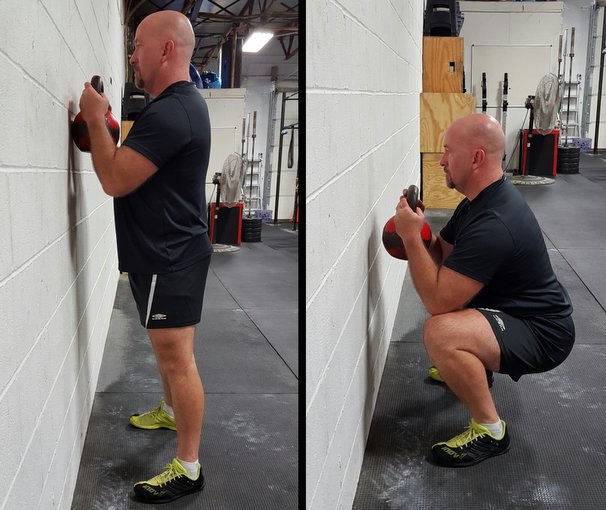

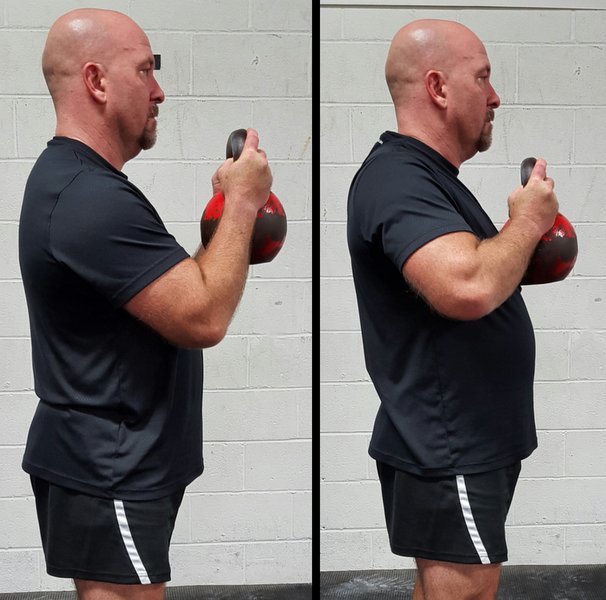
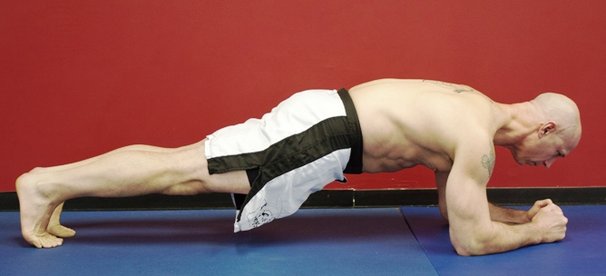
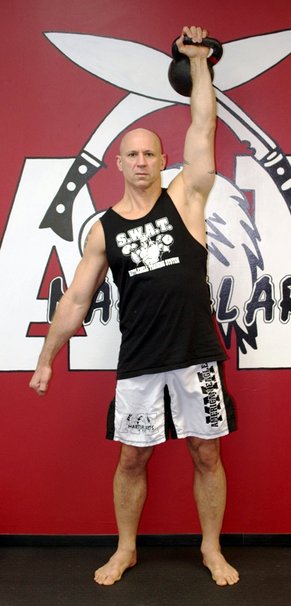
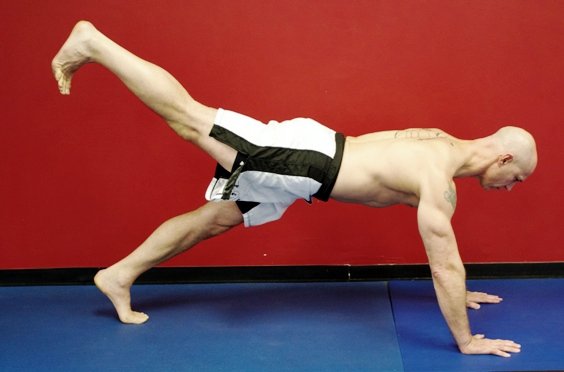
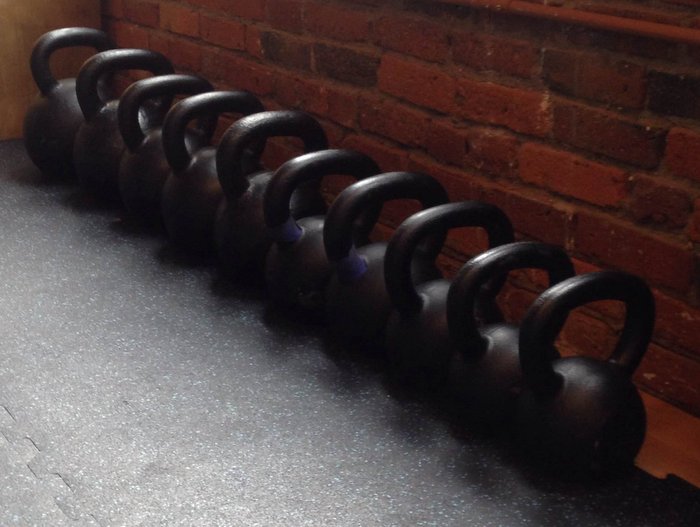
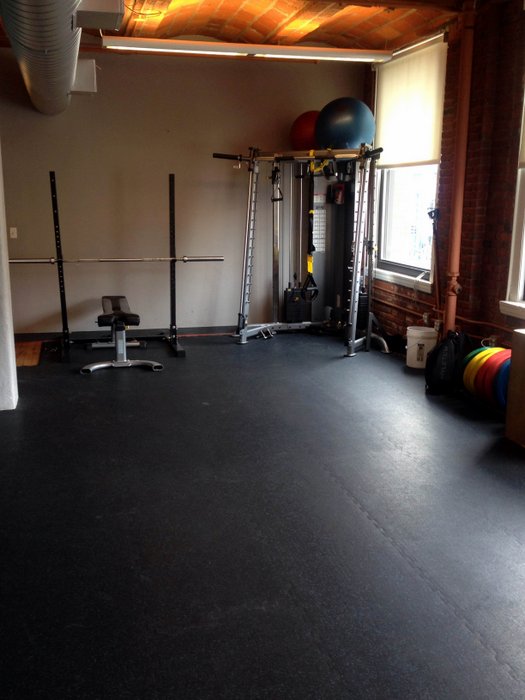
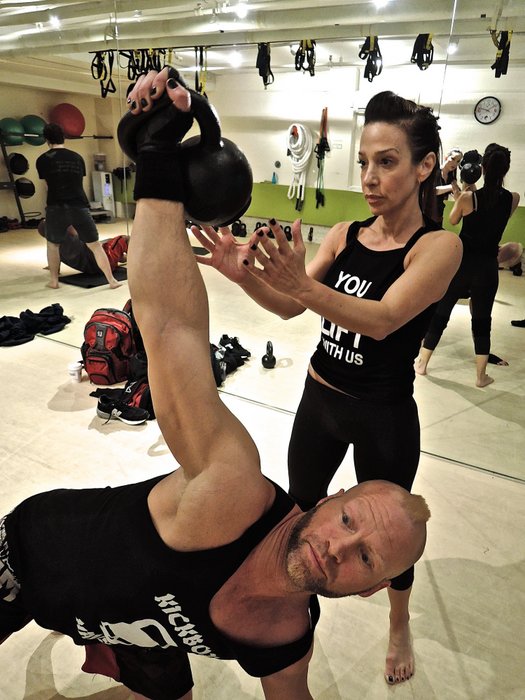
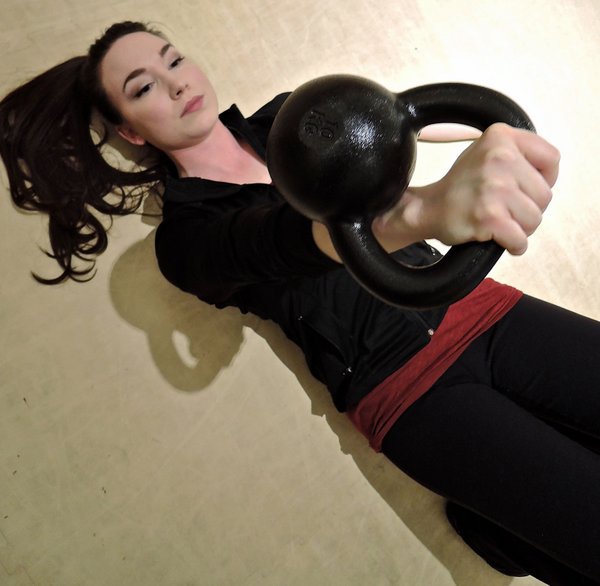
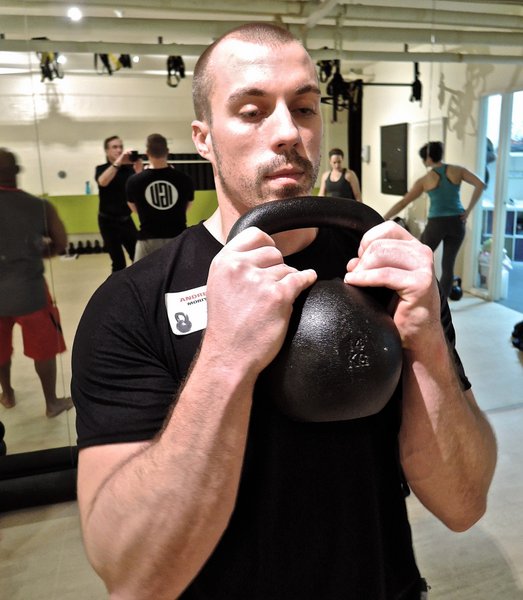
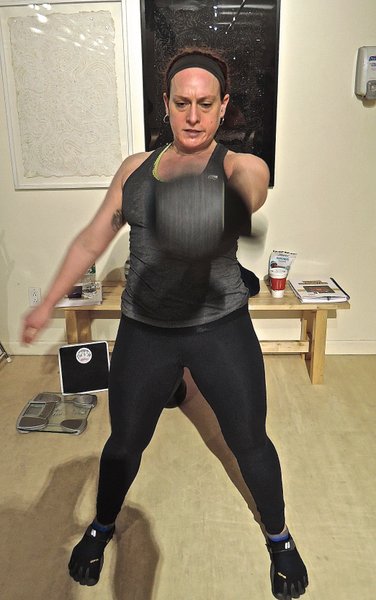
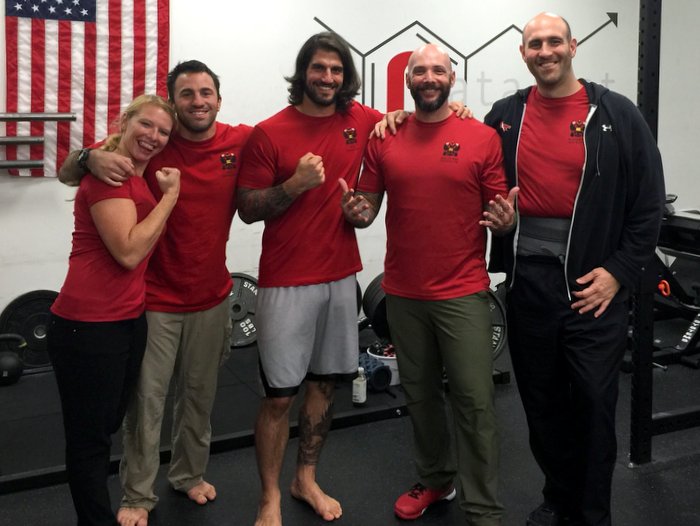
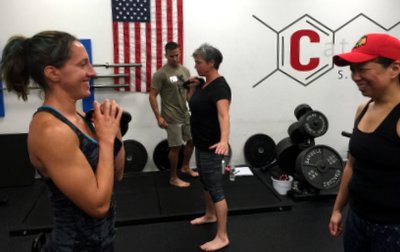
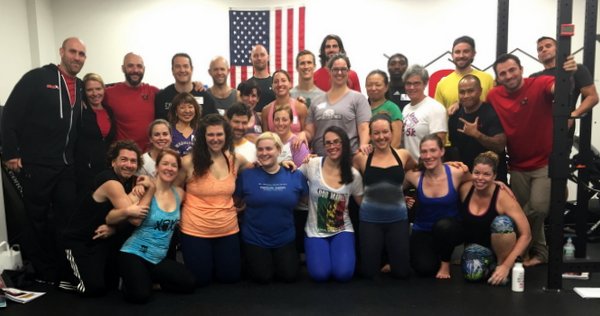
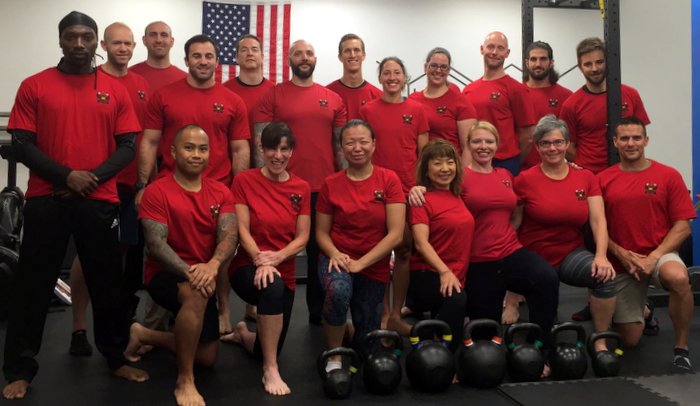

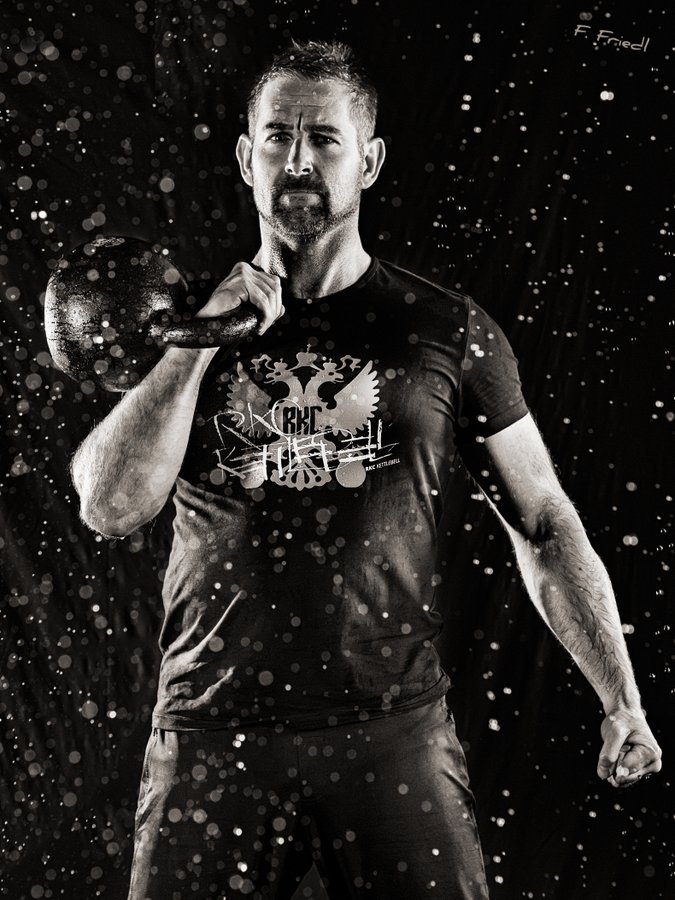

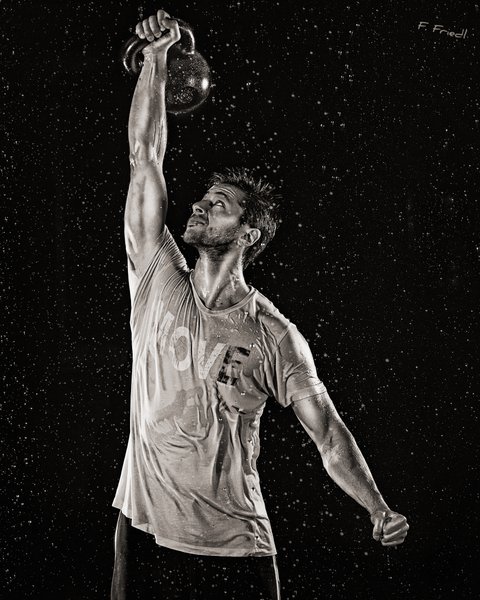
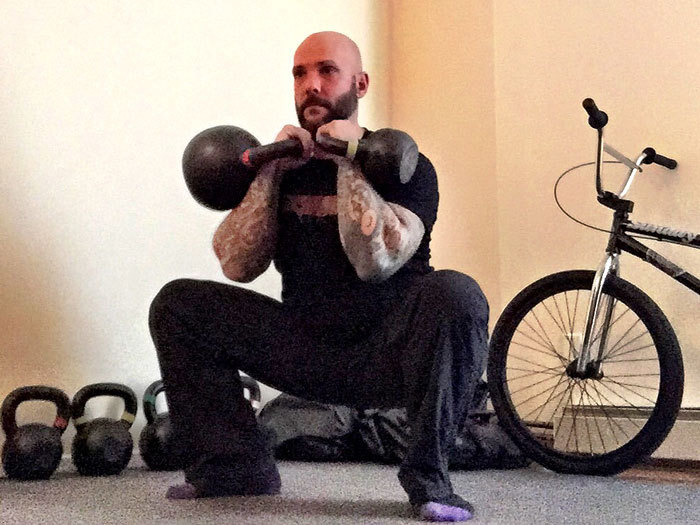
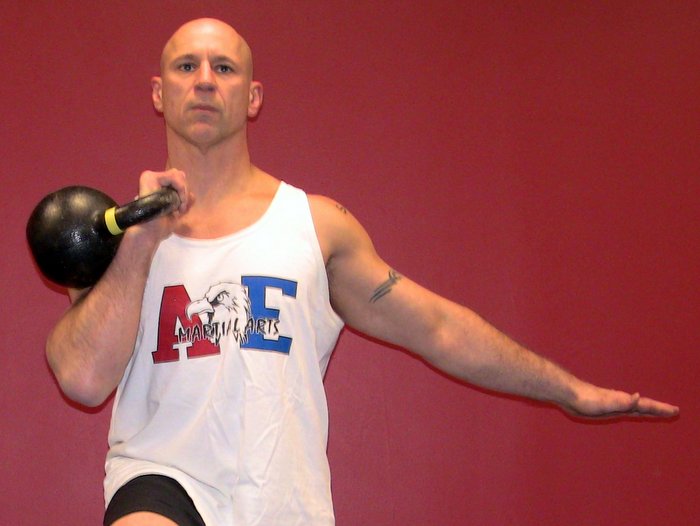
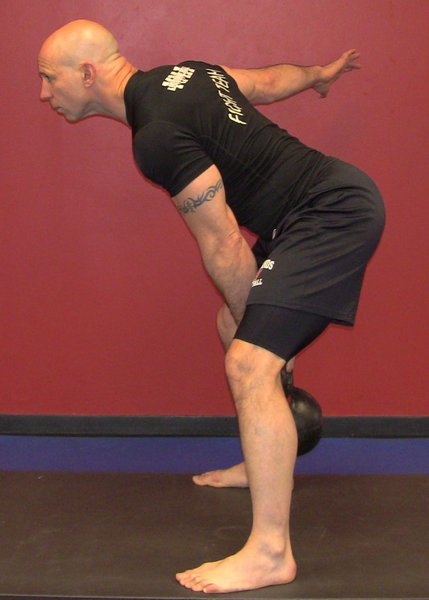 Perform these as one big complex, moving from one exercise to the next without rest. Take a one minute rest period between the rotations. This is a great method for prepping for your
Perform these as one big complex, moving from one exercise to the next without rest. Take a one minute rest period between the rotations. This is a great method for prepping for your 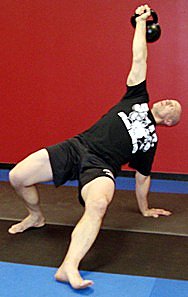 Get-Up Pyramid. Begin with your snatch test size kettlebell. Perform 5 reps on each side. Move up to the next sized kettlebell and do 4 reps on each side. Repeat this with 3 reps at with a heavier kettlebell, 2 reps with the next heavier kettlebell and then one rep with the heaviest kettlebell you are able to use. Once you’ve gone up, go down repeating the sequence in reverse. This will yield 60 repetitions. If you are not able to increase on every set, use good judgment and only use a kettlebell that you are able to safely perform the get-ups with proper form.
Get-Up Pyramid. Begin with your snatch test size kettlebell. Perform 5 reps on each side. Move up to the next sized kettlebell and do 4 reps on each side. Repeat this with 3 reps at with a heavier kettlebell, 2 reps with the next heavier kettlebell and then one rep with the heaviest kettlebell you are able to use. Once you’ve gone up, go down repeating the sequence in reverse. This will yield 60 repetitions. If you are not able to increase on every set, use good judgment and only use a kettlebell that you are able to safely perform the get-ups with proper form.